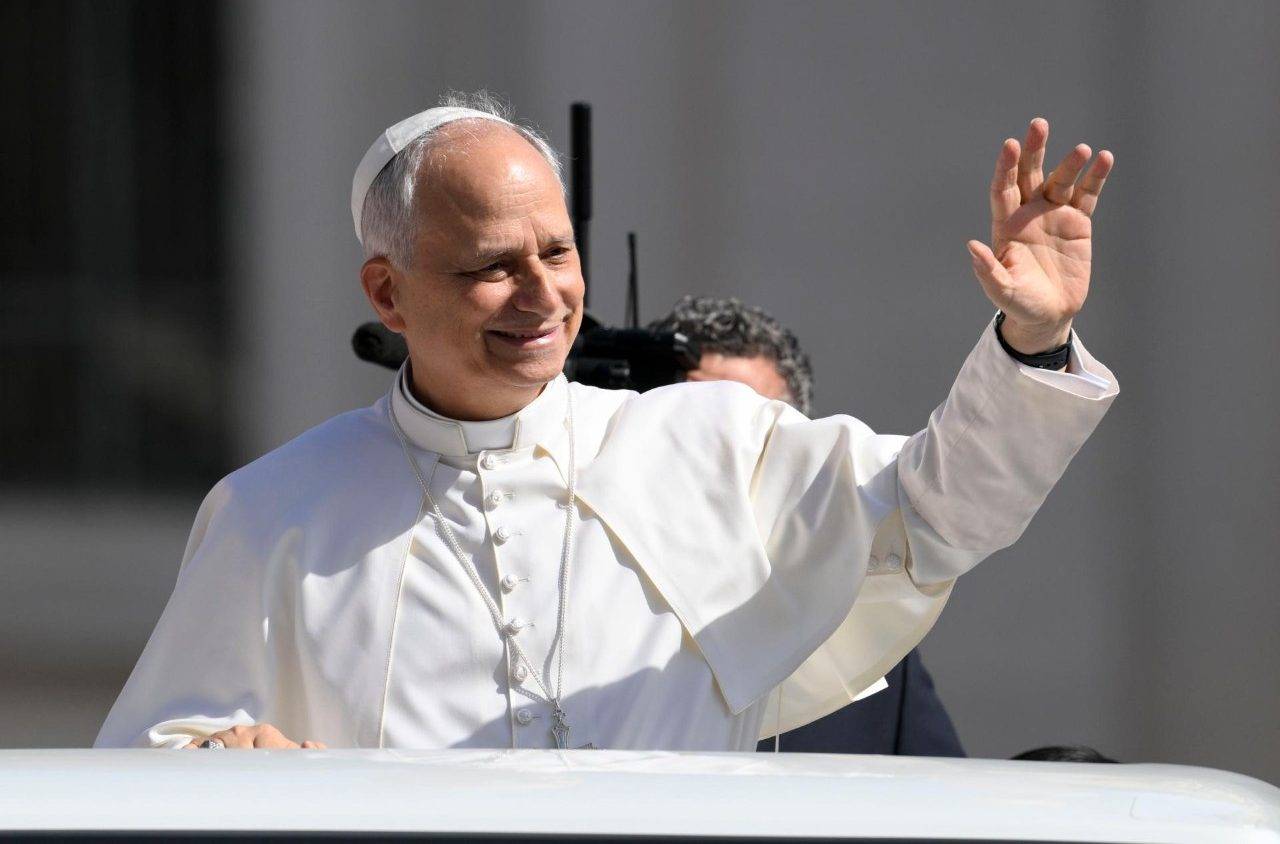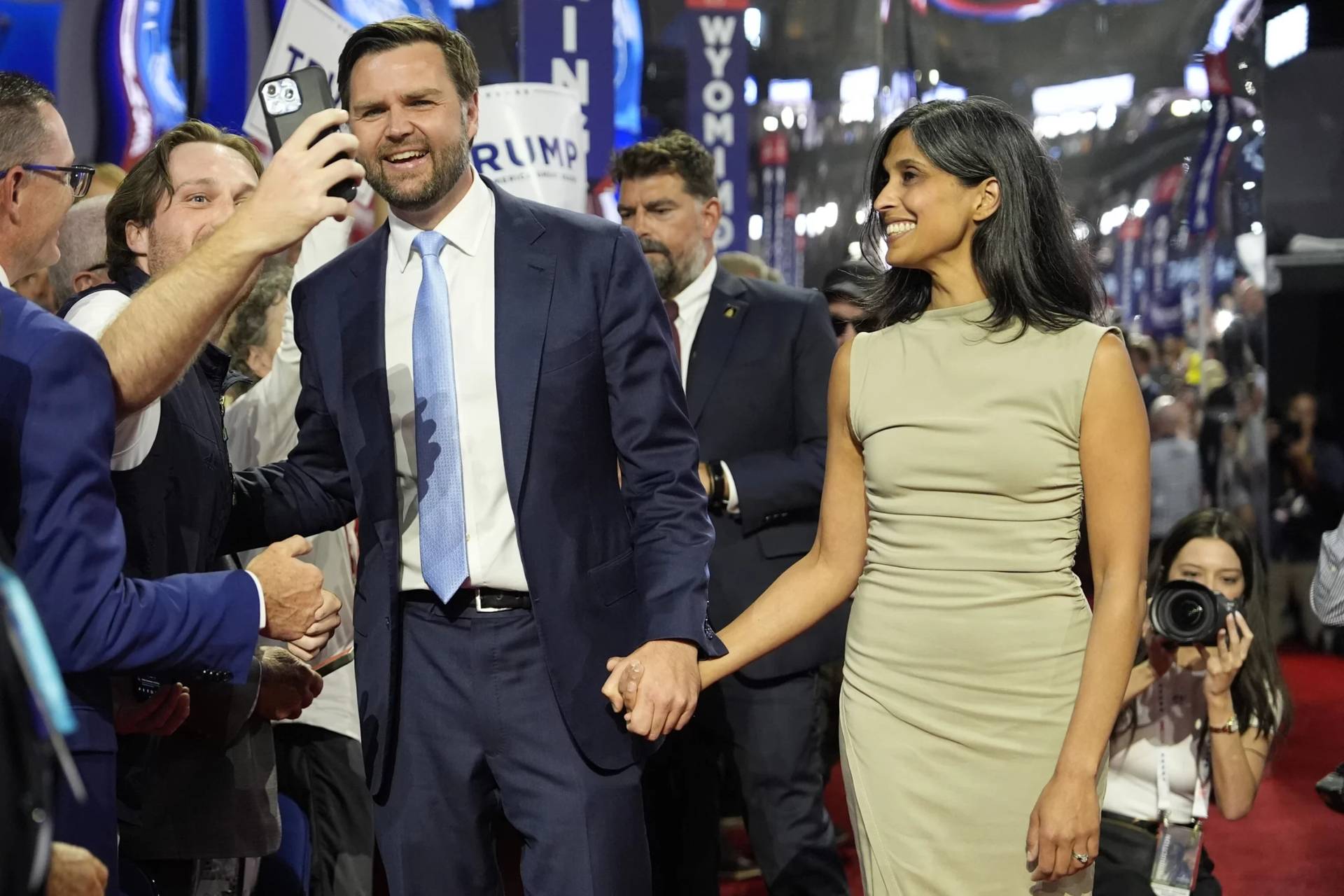KRAKOW, Poland — As the well-known story goes, Samuel Johnson once reacted to Bishop George Berkeley’s theory of immaterialism, that matter is simply a figment of the imagination, by kicking an honest-to-God rock that really, truly existed independent of anyone’s extrapolations, exclaiming, “I refute it thus!”
His point was that sometimes one can be so seduced by intellectually appealing theories, especially if they correspond with one’s own prejudices, that the matter-of-fact evidence right before your eyes goes unnoticed – unnoticed, that is, until someone forces you to confront it.
In effect, World Youth Day is the “Samuel Johnson moment” for the theory that organized religion is sliding towards extinction in secular modernity.
Beginning in the 1950s and 60s, sociologists more or less uniformly accepted what was known as the “secularization thesis,” which held that as societies become more modern, they inevitably become less religious.
As Peter Berger, perhaps the discipline’s most famous convert from the secularization thesis, has pointed out, five decades later it’s clear his colleagues were right only about Western and Central Europe. In the rest of world, religious faith and practice is not only alive, but thriving.
The global vitality of religious faith, including Catholicism, is a sociological fact, yet one that’s not always clear in parts of the world where the more familiar narrative is decline – small numbers of people attending Mass or receiving the sacraments, fewer vocations to the priesthood and religious life, closing parishes and schools, and so on.
That, in effect, is the genius of World Youth Day, an every two or three-year gathering of Catholic youth from around the world launched under St. Pope John Paul II: It makes the ongoing appeal of the Church, despite all of its difficulties, in-your-face obvious.
That appeal will once again be on display next week, when the 13th edition of World Youth Day unfolds July 25-31 in Krakow, Poland, which in a sense is where it all began.
A “proof of concept” for religion in a secular age is not, of course, the reason John Paul kick-started the whole thing in the early 1980s. Back then, it was a gut-level instinct, based on his pastoral experience in Krakow, that young people would benefit from a pilgrimage and the experience of spending time in one another’s company, having fun and exploring their faith.
In the beginning, pilgrimage was precisely the point, which is why the earliest World Youth Days took place in traditional pilgrimage centers: Santiago de Compostela in Spain and Częstochowa in Poland.
However, it was the 1993 edition in Denver, Colorado, that broke the mold and witnessed the transformation of WYD from an intra-Catholic event into a global “happening” akin to the Olympics and the World Cup.
The Rocky Mountains are not known as an important Catholic crossroads, styled in the European imagination as an exotic land of Bible-thumpers and libertarian secularists likely to greet the pope either with hostility or, even worse, indifference, so heading into the event there were fears of low turnout, blase public reaction and a general whiff of failure.
Moreover, in 1993 the US was still looked upon with deep ambivalence in the Vatican. American Catholics were seen as rambunctious, often rebellious, and the US was viewed as a largely Protestant culture historically hostile to Catholicism. The idea of plunking the Pope down in such an environment caused more than one case of indigestion in Vatican offices.
In the end, the event was perceived as a huge success that energized both the local church and the whole enterprise of youth ministry across the country. The 500,000 youth who showed up were wildly enthusiastic. The city rolled out the red carpet, and American media coverage was both extensive and overwhelmingly positive.
It was St. John Paul II’s magic with the crowds in Denver in 1993 that led to President Bill Clinton’s famous remark, “I sure as hell would hate to be running against him for mayor anywhere.”
“Looking back, the church in northern Colorado is dramatically different” because of what happened at World Youth Day, said Archbishop Charles Chaput, then of Denver, in 2002. Among other things, Chaput said that Denver’s two seminaries at that time were “literally running out of room for candidates,” one expression of a renewal that he traced to 1993.
Versions of the event staged in Toronto in 2002 and Sydney, Australia, in 2008, had the same effect of showing that even in some of the world’s most notoriously secular locales, religion isn’t merely a marginal and dying phenomenon, but a cultural force packing a mass-market punch.
What World Youth Day does, for one brief, shining, moment, is to make the world take note that Catholicism is alive. In all, the events have drawn total crowds estimated at 16.7 million people over their 13 editions, an average of 1.3 million every time out of the gate.
In the run-up to the 2016 version in Krakow, organizers are doing what they always do – playing down expectations for crowd size at the final events with Pope Francis next week, especially given that the site for the Saturday vigil and Sunday closing Mass is an open-air field that’s about a 10-mile trek from downtown Krakow designated “Campus Misericordiae,” or “Mercy Field,” meaning that you really, really have to want to be there.
It’s not going to be like Manila in 1995, in other words, when an estimated 5 million people showed up for the final Mass downtown — but according to police sources at the time, some of them were simply Filipinos trying to get across town who got swept up into the gathering. This time, nobody’s going to accidentally be on hand.
That said, all expectations are that at least a million people will turn up – and this is Poland, so the final tally could be even larger.
Watching that crowd swell on July 31, many observers may be tempted to say to those who still cling to the theory of religion’s inevitable decline: “I refute it thus!”
















